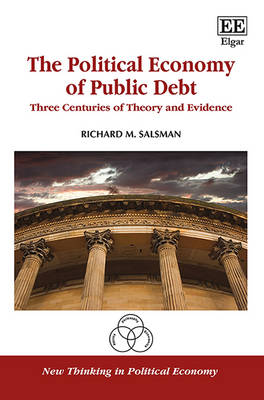New Thinking in Political Economy
1 total work
The book simultaneously explicates and critiques the most prominent theories concerning why states borrow in the first place, whether or not they borrow productively, the incidence of their debts, why they sometimes borrow too much and why they often default, whether explicitly or implicitly. The author classifies major public debt theorists as pessimists, optimists or realists. This book also examines the influence of regime types, especially why most modern welfare states tend not only to over-issue bonds but also to incur even larger implicit obligations via unfunded, off-balance sheet liabilities.
Scholars and undergraduate and graduate students in economics and political science, as well as policymakers, will find this analysis of public debt and public spending insightful and revealing.
